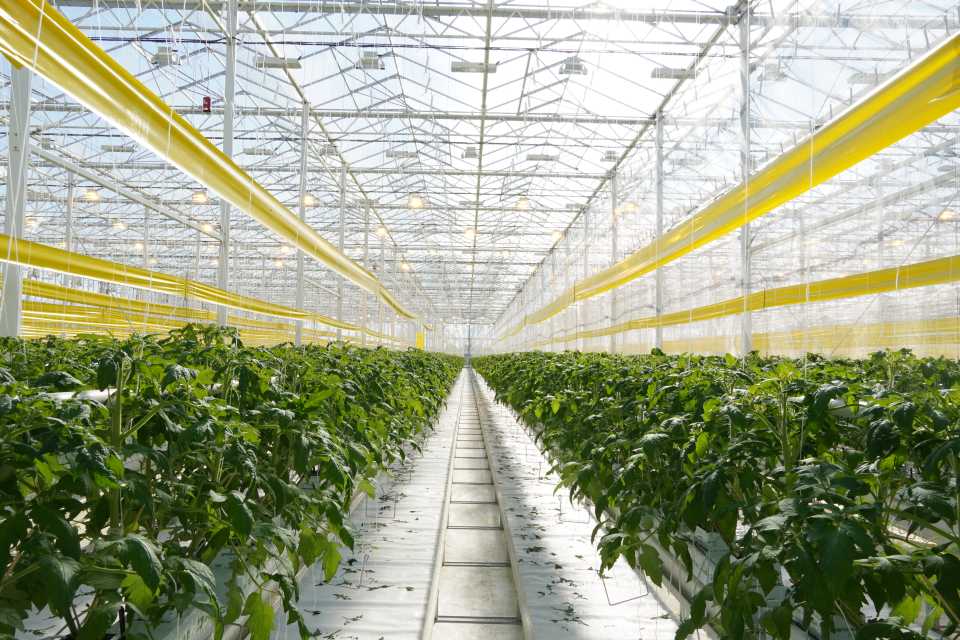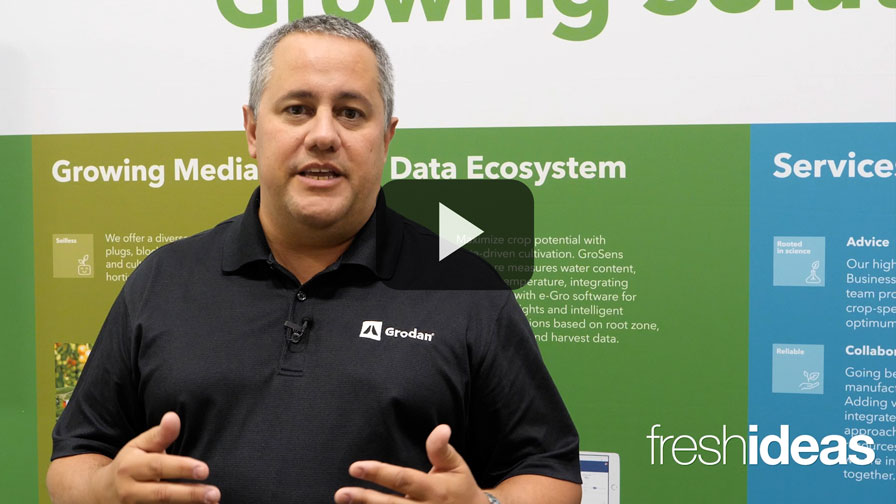The Latest News on AppHarvest Filing for Bankruptcy, and What’s Next for the CEA Market
 AppHarvest has become a familiar name and brand to the controlled-environment agriculture (CEA) industry since the company harvested its first crop of tomatoes in early 2021. Founder and CEO Jonathan Webb saw a need to quickly scale indoor farming, and through outside investments, partnerships, and a plan for rapid expansion, the company was able to do just that.
AppHarvest has become a familiar name and brand to the controlled-environment agriculture (CEA) industry since the company harvested its first crop of tomatoes in early 2021. Founder and CEO Jonathan Webb saw a need to quickly scale indoor farming, and through outside investments, partnerships, and a plan for rapid expansion, the company was able to do just that.
Since then, the tide has turned rather swiftly. What happened? Here’s what we know so far:
- On July 13, AppHarvest named Tony Martin (originally hired in January 2023 as Chief Operating Officer) as its new Chief Executive Officer, with the goal of accelerating the company’s strategic plan, Project New Leaf. This plan had shown strong progress toward operational efficiencies resulting in higher sales, cost savings, and product quality as the company works to increase production across its four-farm network. Jonathan Webb transitioned from his previous roles as chairman and CEO to become chief strategy officer. He remains on the board as a director. “I founded AppHarvest based on a mission to improve domestic food security by farming more sustainably with climate-resilient practices while providing economic opportunity in Central Appalachia,” said Webb. “Thanks to the AppHarvest team and the tenacity of the people of Kentucky, we undertook the largest simultaneous buildout of CEA infrastructure in U.S. history and worked to put the region on the map as a hub for agtech, drawing more CEA investment to the state.”
- On July 24, AppHarvest filed for Chapter 11 bankruptcy protection, immediately followed by pursuing a transition of its Berea operations to AppHarvest’s distribution partner, Mastronardi Produce, or one of its affiliates, in exchange for approximately $3.75 million, additional incremental funding, and support for the company’s restructuring plan. “We have funding to keep the business running as usual for the next 60 days at Morehead, Richmond, and Somerset,” says Travis Parman, Chief Communications Officer at AppHarvest. “Pending court approval, we expect to transition the Berea farm to Mastronardi Produce — the company from which we currently lease that farm. We expect Mastronardi to make employment offers to the team in Berea.”
- The next step is to sell the remaining farms to investors “with the hope that they stay operational and continue to employ about the same number of folks as now,” Parman says. “The goal is to minimize any disruption to employees.”
- An article in late July on the Richmond Register’s website outlined how AppHarvest had incurred losses from operations and generated negative cash flows from operating activities since its inception. An earnings report on March 9 also indicated that management was aware of the failures in its current operating plan, which included its planting and harvesting activities, with the report stating that “it will continue to incur losses from operations and generate negative cash flows from operating activities.”
What’s Next, and Lessons Learned
AppHarvest’s fate runs parallel, to some degree, to the rapid growth of the CEA market, including both greenhouse vegetable operations and vertical farms. Perhaps it’s a case of being overly ambitious; in Greenhouse Grower’s February 2020 cover story, we noted Webb’s ultimate vision for AppHarvest: First, he wanted AppHarvest to be both a large-scale growing operation and a local company in terms of its ability to quickly deliver a fresh crop and in its strong connection to the community. Second, he saw AppHarvest not as a produce grower, but as an applied technology company that could integrate a wide range of systems for the common purpose of providing a much-needed resource.
It’s this second point that, perhaps with hindsight, should have raised some red flags. Whenever I talk to growers in the CEA market, I ask whether they consider themselves to be food producers who use technology to grow a better crop, or tech companies that grow food. To a large degree, many of these growers put the crop before the technology.
It’s a question that was also brought up several times at the Indoor Ag Tech Innovation Summit in late June. The answer, for the most part, was that the crop needs to be the priority. However, without mentioning names, I will note that during one panel discussion, one of the speakers made an offhand comment that “everyone in this room is part of a tech company that happens to grow plants.” The remark drew murmurs of disagreement from across the room.
The good news is, ag tech and CEA production, including AppHarvest’s own facilities, are still the wave of the future. In an article on the Northern Kentucky Tribune’s website, the state’s governor, Andy Beshear, said that “It’s unfortunate that AppHarvest has had the challenges that it’s had, but certainly ag tech is a big part of Kentucky’s future, and we need to be in the forefront of it. When you look at what it’s going to take to feed the growing population here in Kentucky, in the U.S., and across the world, those indoor growth facilities are going to be absolutely necessary.”
So what will it take for growers to survive and thrive in this market? I’d love to hear your thoughts on the keys to success. Send me an email at [email protected].









